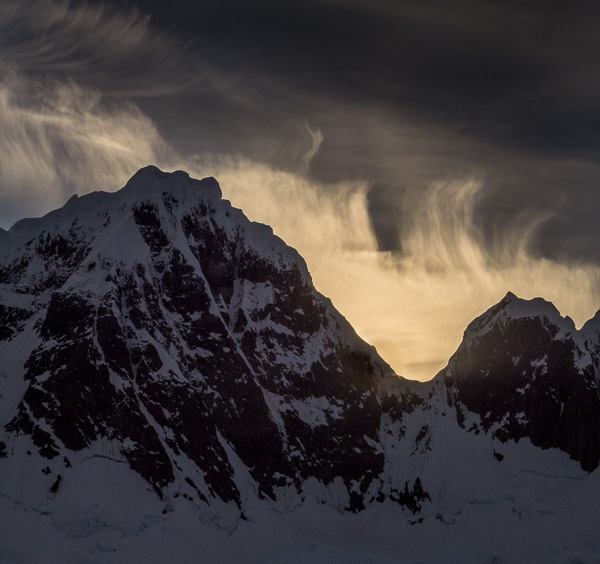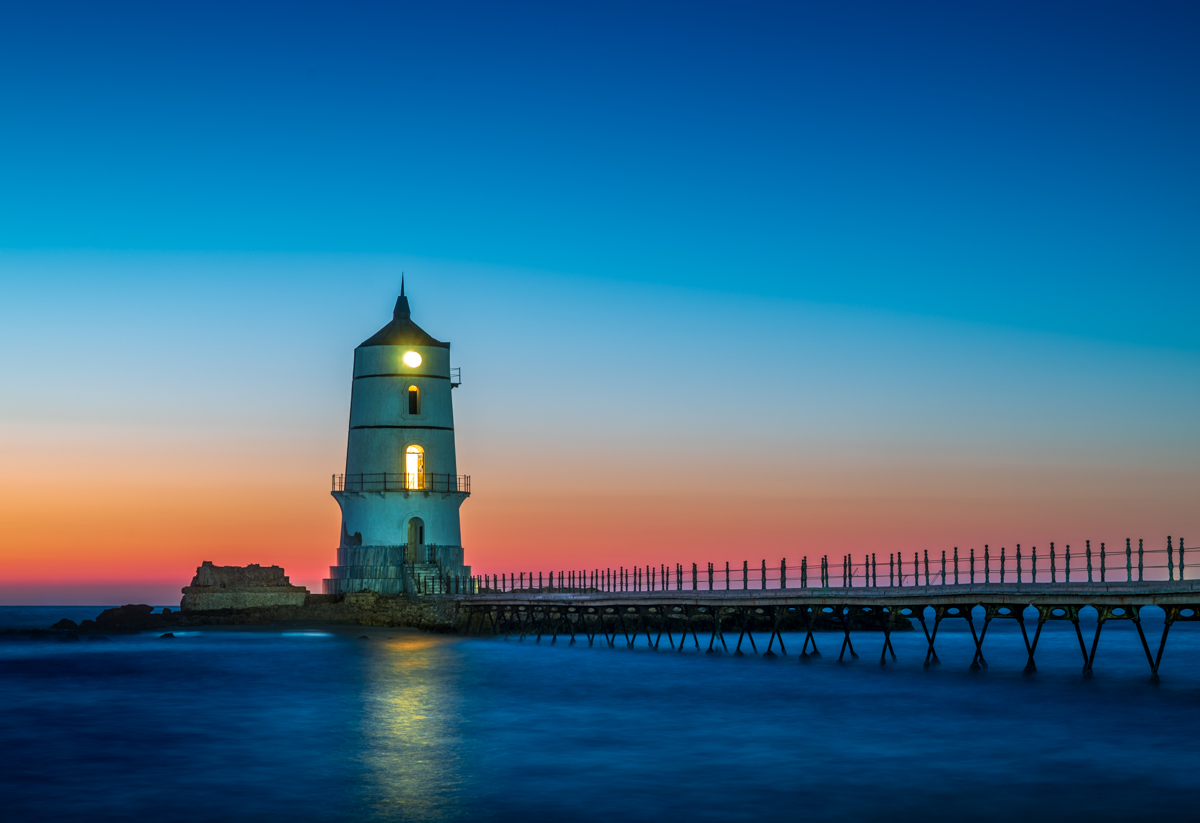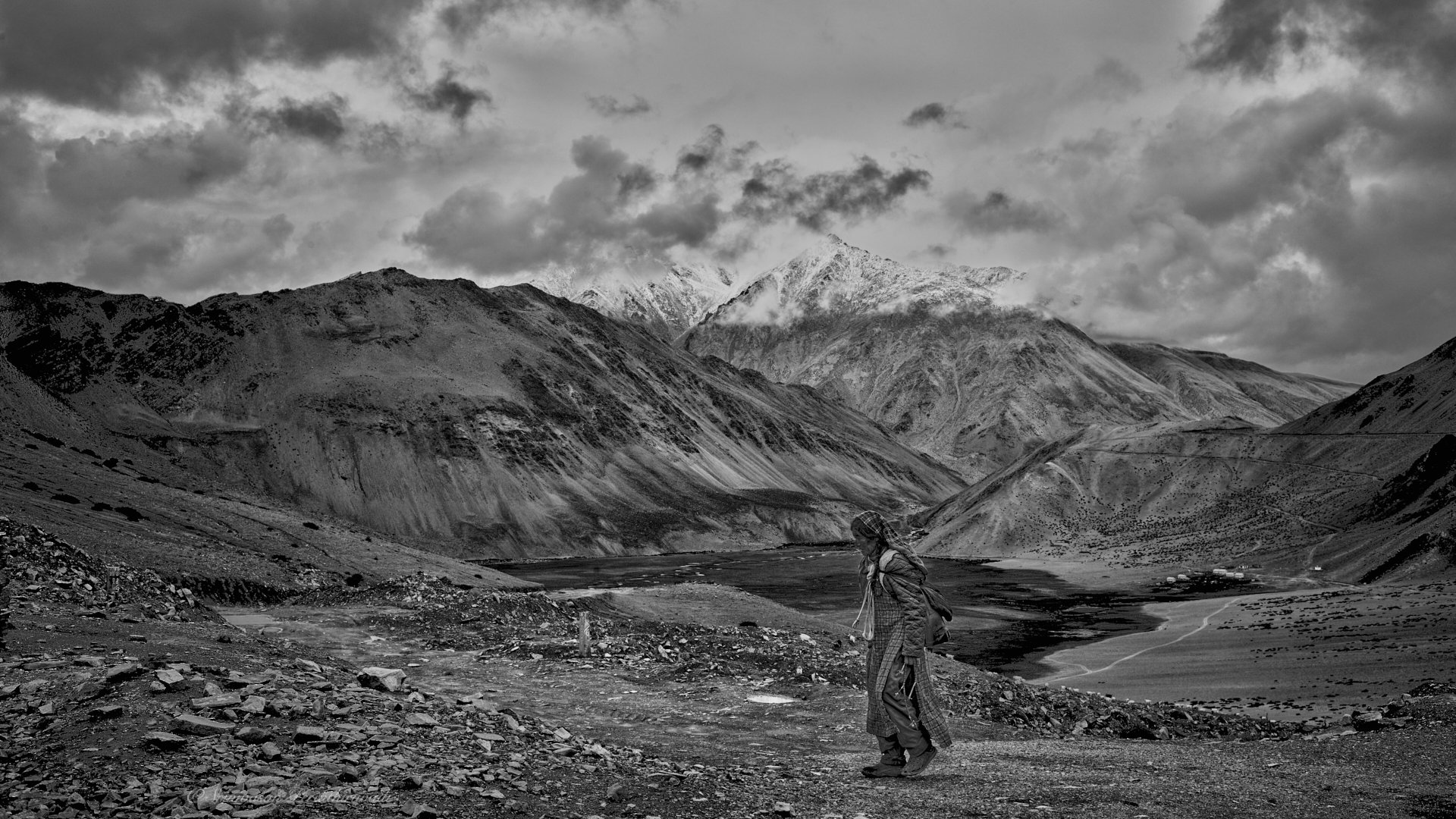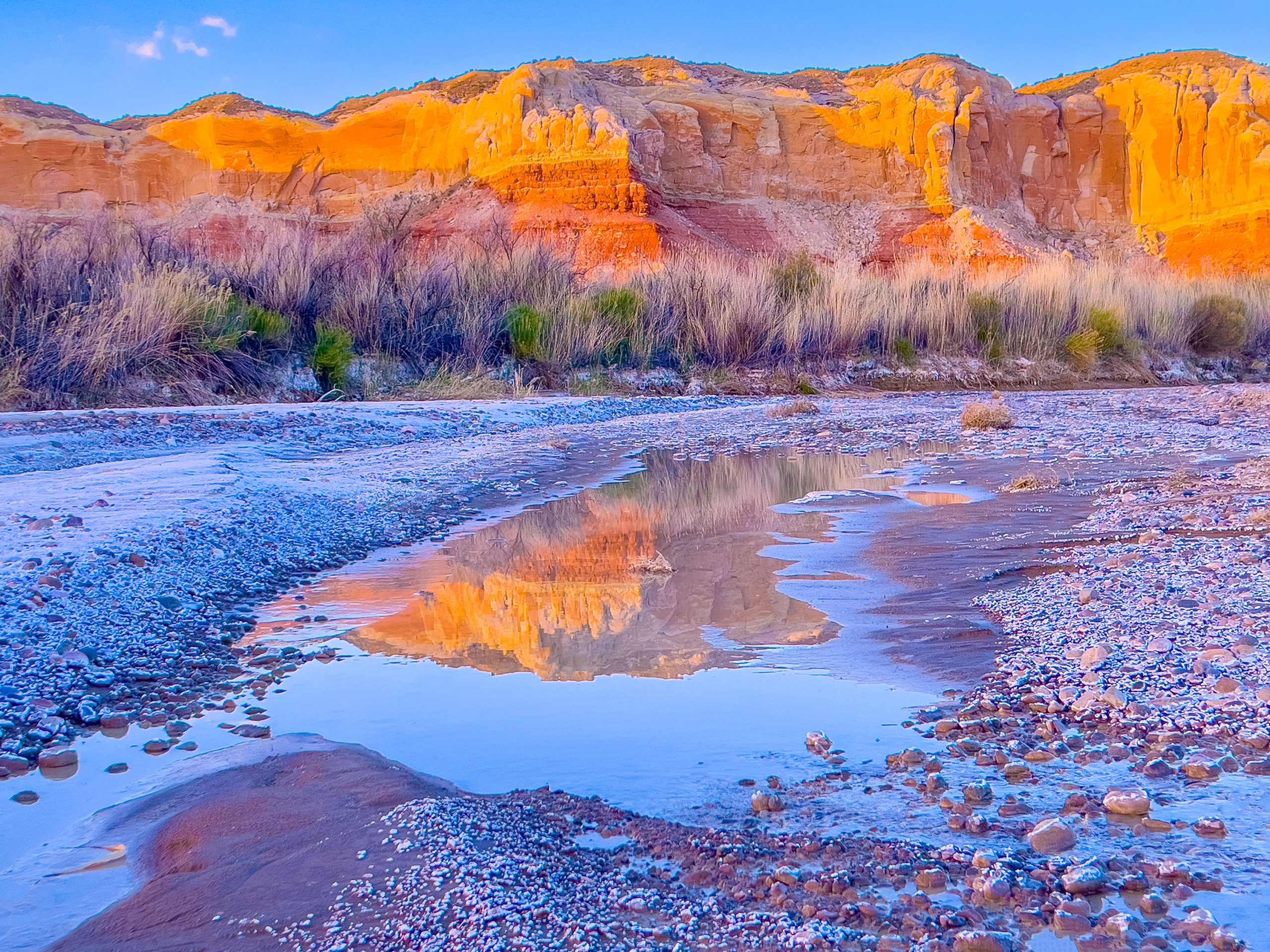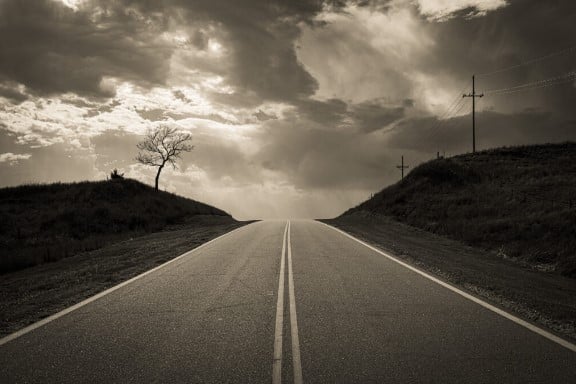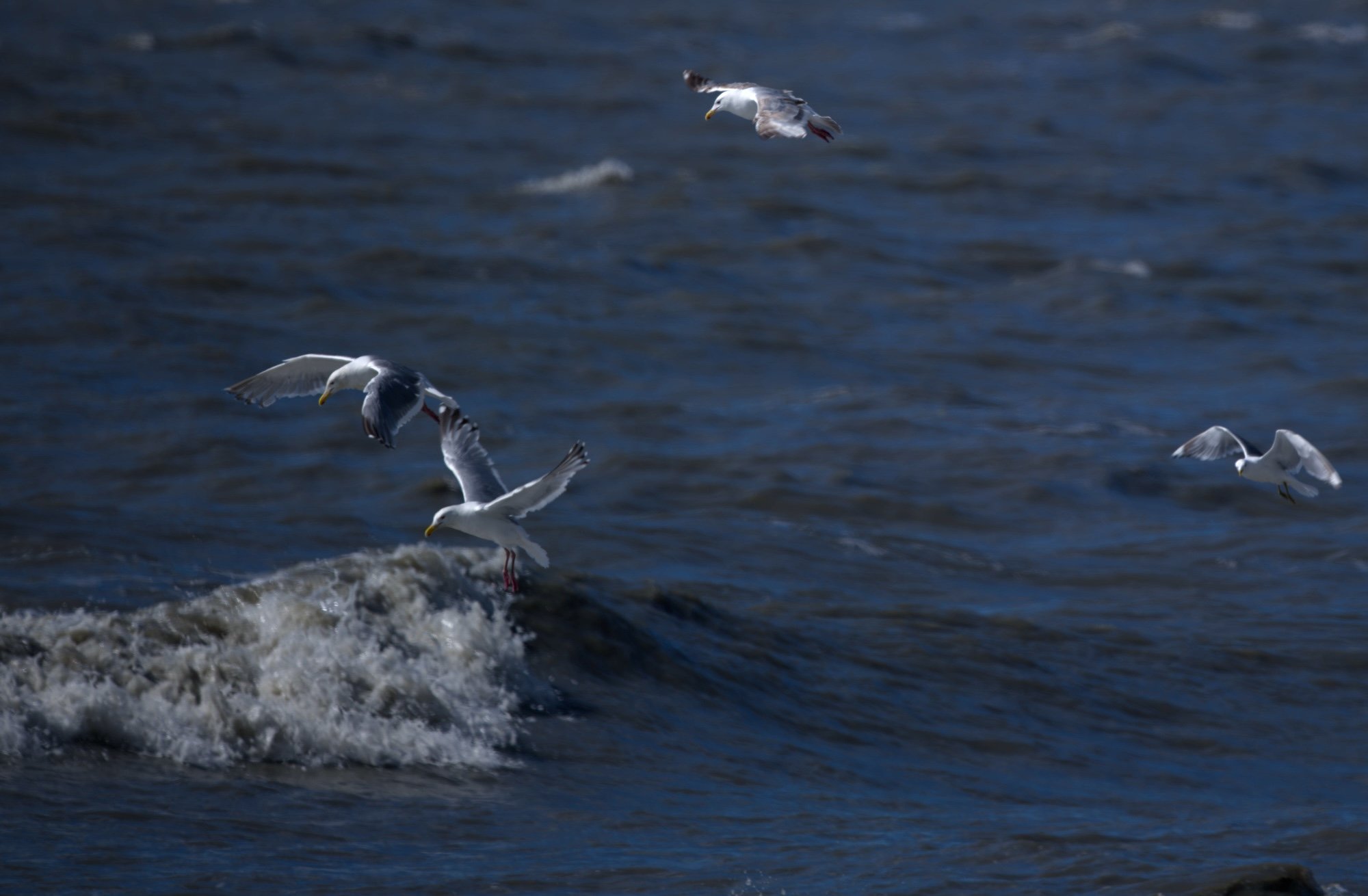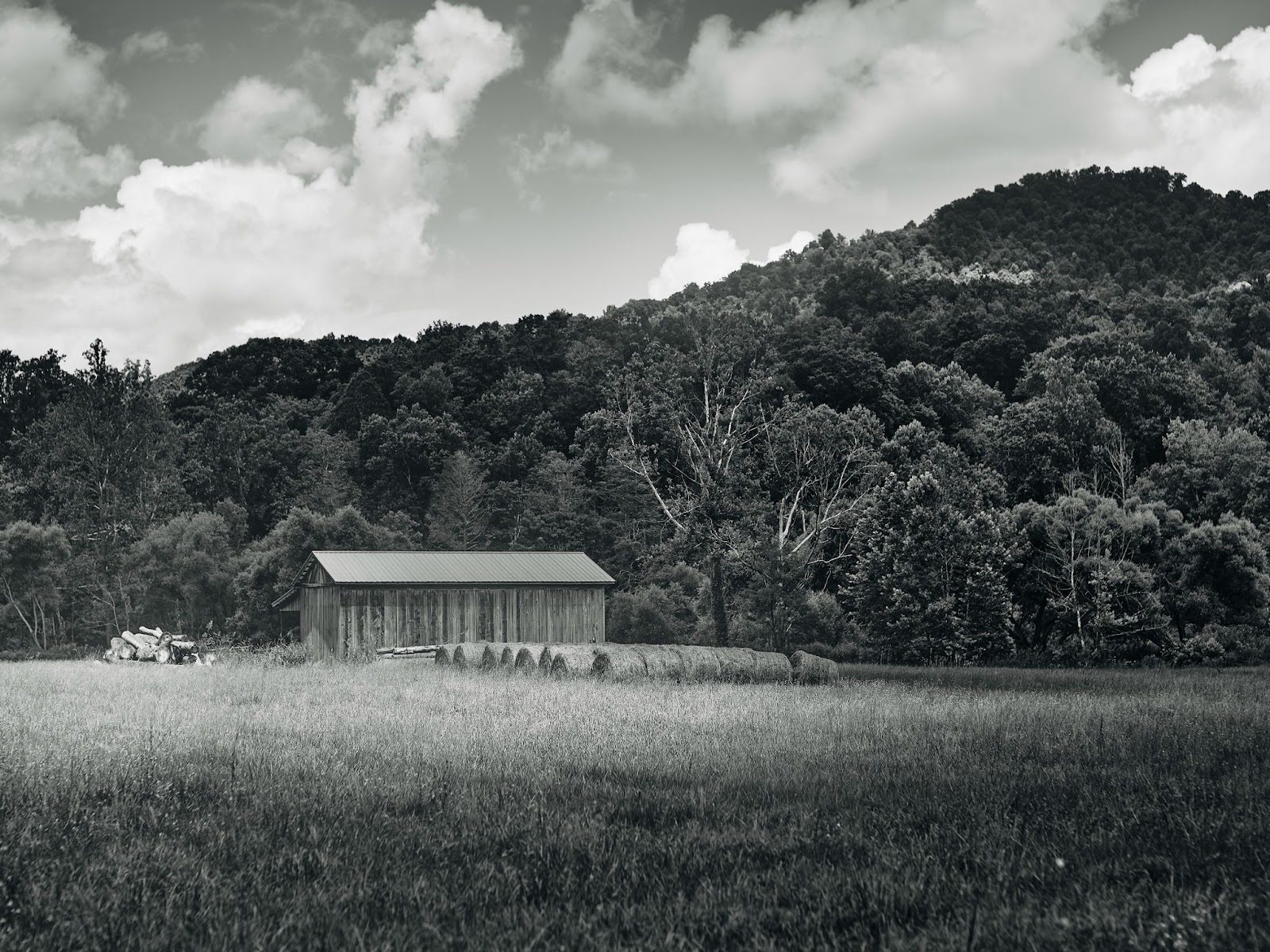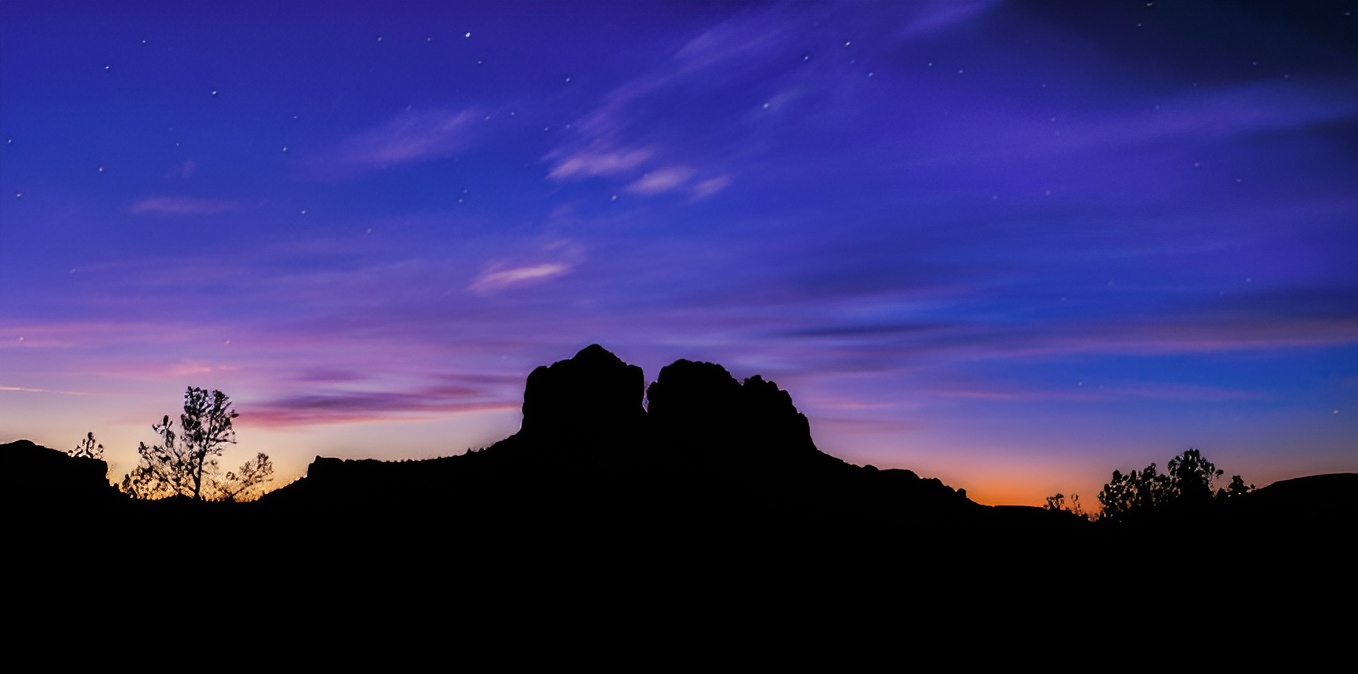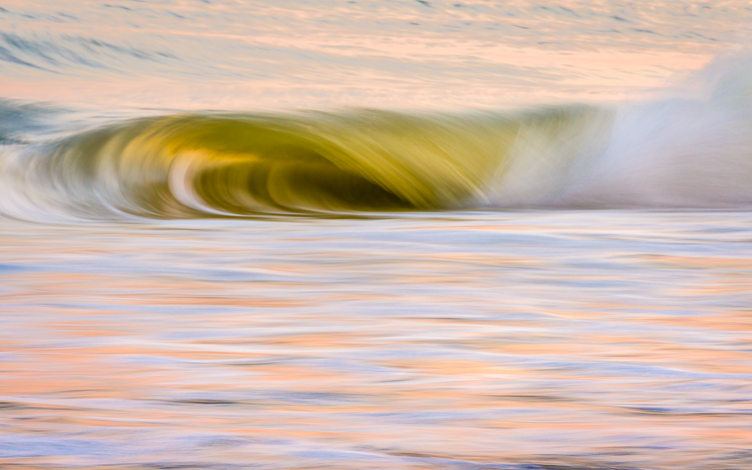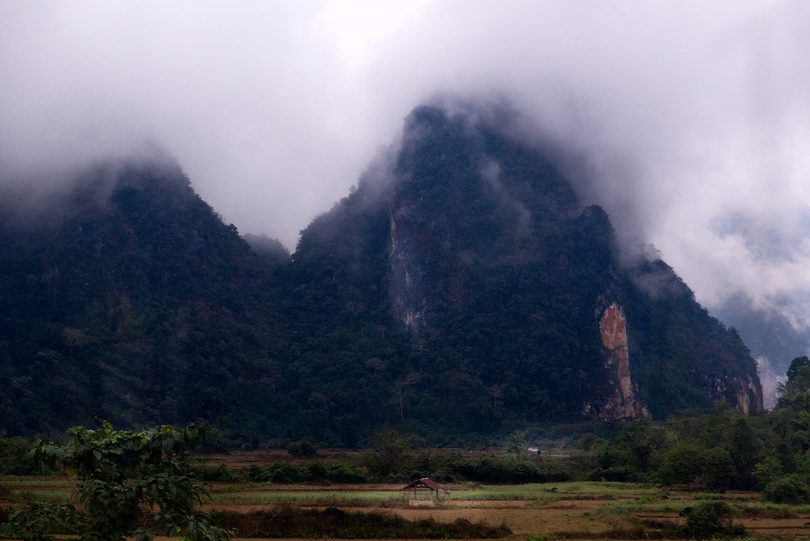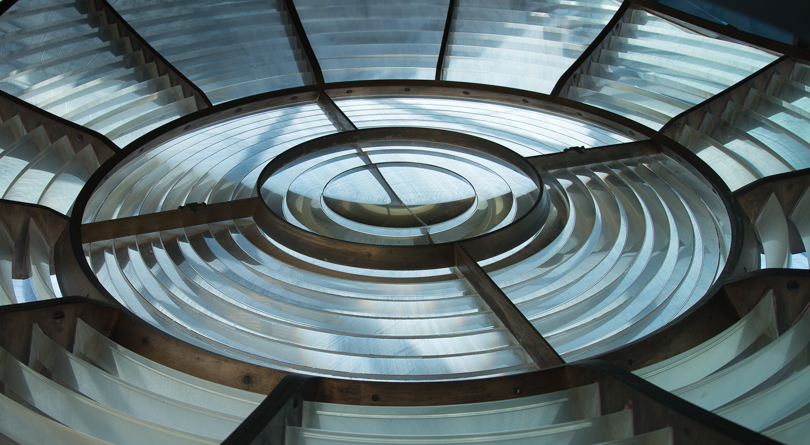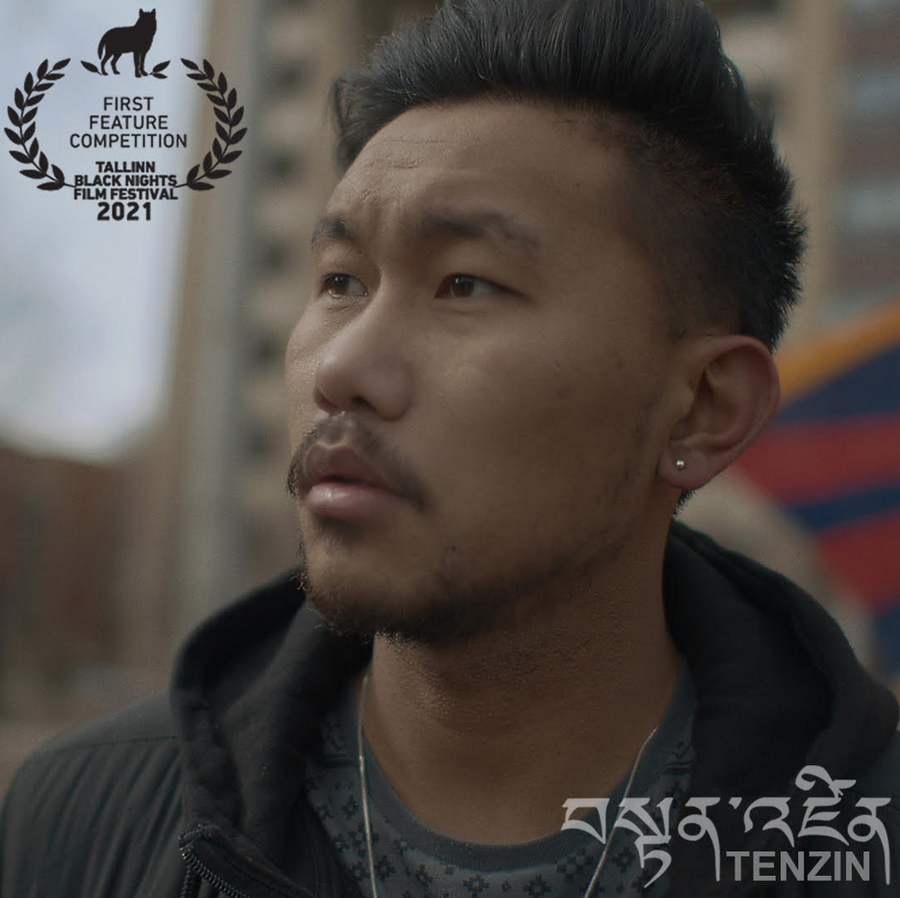
What happens when 80,000 photographers, collectors, curators, and artists gather under one glass roof in Paris?


Canon's latest releases prove that thoughtful engineering at 32.5MP and affordable f/1.2 glass matter more than winning specification wars.


Canva just made Affinity photo editing software completely free (except for a couple of things).
Subscribe to our newsletter
Get interesting news updates from LuLa delivered straight to your inbox.
Join the newsletter
Our latest articles
All articles
Subscribers Only
Camera & Technology
Photographer Profiles
Techniques
Landscape & Environment
Celebrating 60 Years of the International Photography Hall of Fame: Honoring Icons, Connecting Generations, and Expanding Photography’s Legacy Nationwide
Review of three new Canson Somerset Enhanced matte papers, comparing their unusual M3 profiles against standard M1 profiles for print quality.
A Conversation with Prashant Gharpure on Intentional Camera Movement in the Smoky Mountains
First Look at Fujifilm's Latest Entry-Level Powerhouse
Explore the latest 2025 Printing United Expo innovations in printers, papers, and color management tailored for fine art photographers seeking superior image quality and workflow precision.
Canon's latest releases prove that thoughtful engineering at 32.5MP and affordable f/1.2 glass matter more than winning specification wars.
Canva just made Affinity photo editing software completely free (except for a couple of things).
Review of three new Canson Somerset Enhanced matte papers, comparing their unusual M3 profiles against standard M1 profiles for print quality.
A Conversation with Prashant Gharpure on Intentional Camera Movement in the Smoky Mountains
First Look at Fujifilm's Latest Entry-Level Powerhouse
Canon's latest releases prove that thoughtful engineering at 32.5MP and affordable f/1.2 glass matter more than winning specification wars.
Canva just made Affinity photo editing software completely free (except for a couple of things).
Review of three new Canson Somerset Enhanced matte papers, comparing their unusual M3 profiles against standard M1 profiles for print quality.
First Look at Fujifilm's Latest Entry-Level Powerhouse
Explore the latest 2025 Printing United Expo innovations in printers, papers, and color management tailored for fine art photographers seeking superior image quality and workflow precision.
A Conversation with Prashant Gharpure on Intentional Camera Movement in the Smoky Mountains
This Christie's sale brings together the titans who invented modern landscape photography, from Adams' technical precision to Sugimoto's philosophical vision.
Why I print every travel story instead of leaving it on a hard drive.
Learn how to eliminate color banding and create silky-smooth sky gradients in your blue hour photography with proven capture and post-processing techniques.
Shooting monochrome landscapes with Phase One IQ3 100MP - technical settings, exposure techniques, and creative challenges at 5,300m altitude.
A Conversation with Prashant Gharpure on Intentional Camera Movement in the Smoky Mountains
There are no mistakes in art, only attempts - and why that changes everything about how you create.
Photography isn’t creative. I know, those are fighting words. Please put down the pitch forks for a few minutes and let me explain the distinction I see.
Learn how to eliminate color banding and create silky-smooth sky gradients in your blue hour photography with proven capture and post-processing techniques.
What if the key to a ‘good’ photo isn’t what you see—but what your brain expects to see? Learn the psychology behind memorable photography.
This Christie's sale brings together the titans who invented modern landscape photography, from Adams' technical precision to Sugimoto's philosophical vision.
As I wrote the reviews of the GFX 100SII and the 500mm f5.6, I realized that I’ve now used enough of the GFX lens line...
Seeing Carolina and choosing what to photograph.
In Sedona's silence and the Canyon's vastness, the GFX100S captures more than just moments.
A photographer's intimate exploration of the sea's ever-changing moods, captured through daily visits to the Dutch coastline.
The most viewed articles


Join for just $2 per month
Join for access to over 5000 in depth articles, hundreds of hours of video tutorials and access to the largest Photography forum.
Be in the Know: Get the Exclusive LuLa Newsletter Sent to Your Inbox!
Get access to exclusive articles, behind-the-scenes content, and become a valued member of our photography team! Subscribe now to elevate your photography experience.
Subscribe Now to Join Us!
Only $2 per month
